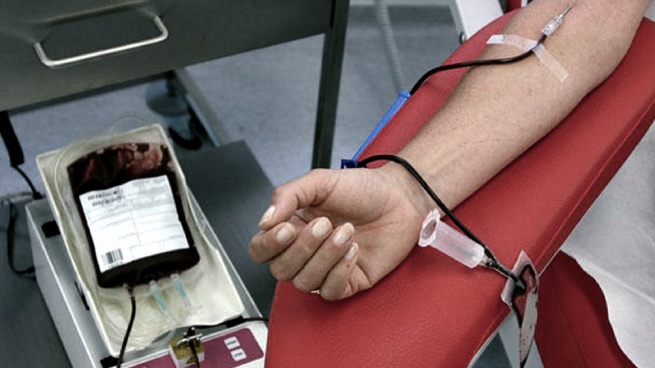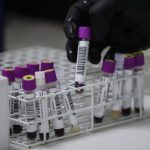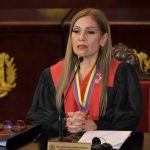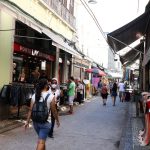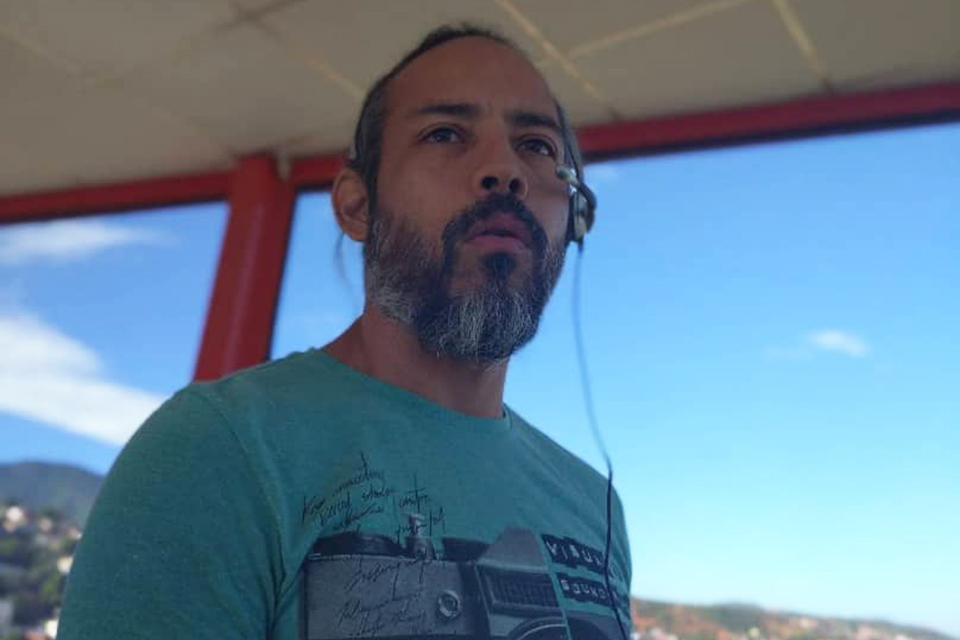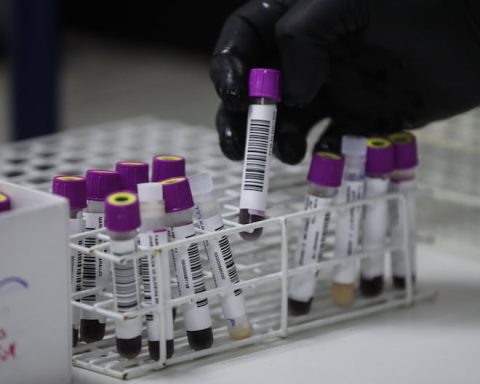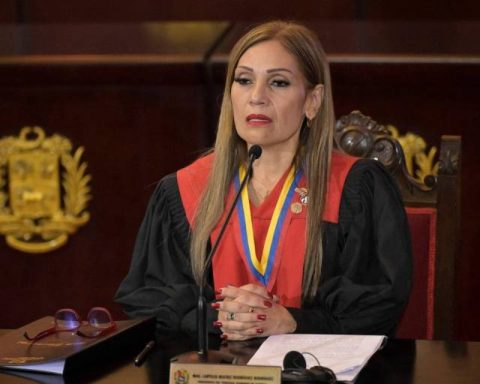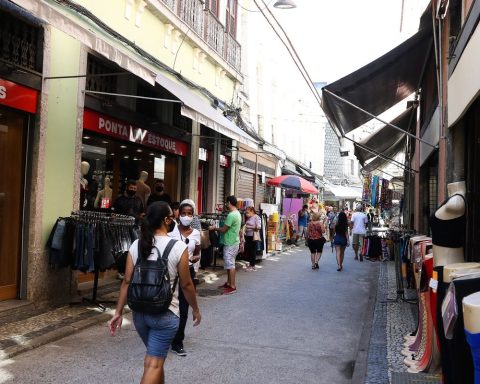Blood banks in different parts of the country are recovering pre-pandemic levels as a result of the change from the replacement model to the voluntary donor model, which was already being worked on, greater collection outside the hospital, and an inherited awareness of donating blood plasma. convalescent, indicated references on the eve of World Blood Donor Day.
“Globally, it is taking a long time to recover pre-pandemic blood donation levels; and at a national level, in some places it is being achieved and in others it is not,” told Télam Carlos González, head of the Muñiz Hospital Hematology Service.
The hematologist pointed out that in that health center, for example, the levels prior to the pandemic could already be reached: “This was achieved thanks to the efforts of the entire Hematology Service and the entire hospital, and it comes as one of the teachings of the Convalescent Plasma program since many of those who donated were the hospital workers themselves”.
Among the challenges that blood banks have today, González mentioned the need to deepen the change “from the replacement donor model to a voluntary donor.”
“This is a cultural change and a job that will take many years, which requires the commitment of many social and government actors, etc.”, he said.
“Secondly,” he said, “what we have seen is that atomized structures are neither effective nor efficient, so we have to move on to models with regional centers that work on an efficient scale.”
some provinces
In Buenos Aires
For your part the director of the Institute of Hemotherapy of the province of Buenos Aires, Laura González, told Telam that although “the stock dropped a little because there was a new wave of Covid, society is more aware and there are more places to make collections.”
In this context, the official explained that in Buenos Aires territory “There are clubs, promotion societies, municipalities, health units and neighborhood care centers where blood can be donated” since from the organization “we are opening up to places outside hospitals and the truth is that it is good”.

González highlighted that many of today “there are volunteers” and not those who donate in an obligatory way “because they have a family member or friend hospitalized.”
“Society became aware of the importance of donating. Before, it was stigmatized if a person missed work to donate and was branded as lazy, but now everyone knows that donating blood is a necessity,” he said, adding that “today they understand it from businessmen to politicians”.
Santa Fe
In the case of this province, where the voluntary and habitual donation model is used, no difficulties were observed during the pandemic, among other factors because “the demand for blood decreased” due to the social and compulsory isolation of the first months.
so reported Andrea Acosta, coordinator of the Hemotherapy area of the Unique Donation CenterAblation and Implantation of Organs (Cudaio), who remarked that the district, during the pandemic, had “two weekly collections to solve the blood supply”.
“We looked for three points in the province and tried to do something scheduled. What we changed was the form of participation: to guarantee hygiene and safety standards, we implemented an online registration and shift system to guarantee social distancing,” he explained.
In response to a question from Télam, Acosta added that Cudaio “always worked with the same level of demand, which changed the replacement donor for the voluntary and regular donor.”
Cordova
Here, in the pre-pandemic, blood donations averaged around 14,000 per year, figures that were reached with 20% of voluntary donors and the rest with replacement of people who donated for a family or close patient, told Télam Luciano Slobodianiuk, head of Hemodonation of the Blood Bank of the province.
During the first months of the pandemic “the donation fell by up to 50%”, and from this context a more rigorous external blood collection program was implemented through donation campaigns outside hospitals, in safe spaces and with all the protocols , and a lot of publicity.
With this strategy “the number of donations was recovering” and it was possible to close 2020 with 12,000 donors, and 2021 with 15,000, therefore “we are recovering pre-pandemic values,” said Slobodianiuk.

The donation in Argentina
This year, Argentina celebrates 20 years since the creation of the National Blood Plan (Resolution No. 70/02), whose objectives included regulation, systematization of information and education.
From its start-up, blood donation is organized by blood banks and/or Regional Hemotherapy Centers within the framework of the Provincial Hemotherapy Programs of the Ministries of Health of each jurisdiction.
Donation is a simple, quick, practically painless and safe act and anyone between the ages of 16 and 65, weighs more than 50 kg, feels in good health, is not suffering from blood-borne diseases (hepatitis , Chagas disease, etc.); has not performed risky sexual practices in the last year and has not had tattoos, piercings or skin scarification in the last year.
“There are numerous myths surrounding the act of donating: that you gain weight or lose weight, that if you have tattoos you can never donate again; that you can contract infectious diseases; that you have to fast, to name just a few”, explained for her part Alejandra Vellicce, head of the Hemotherapy Division of the Hospital de Clínicas.
And he continued: “None of this is correct, it has no effect on weight, it is a safe practice because all disposable material is used; it can be donated after six months or a year of tattooing and you have to rest and have a good breakfast before go donate.”
Every June 14th World Blood Donor Day is celebrated and this year the motto chosen by WHO is “Donating blood is an act of solidarity. Join the effort and save lives”.
